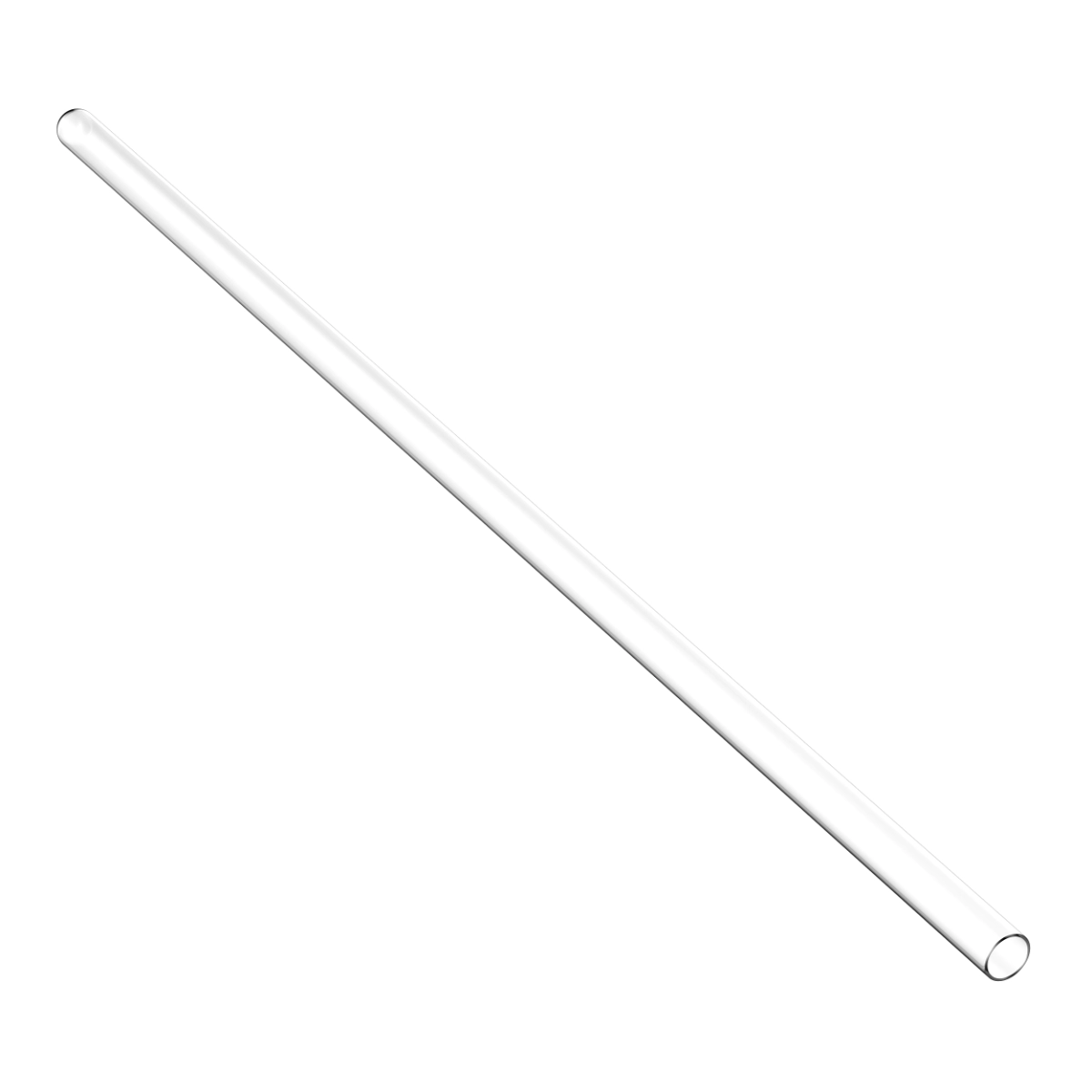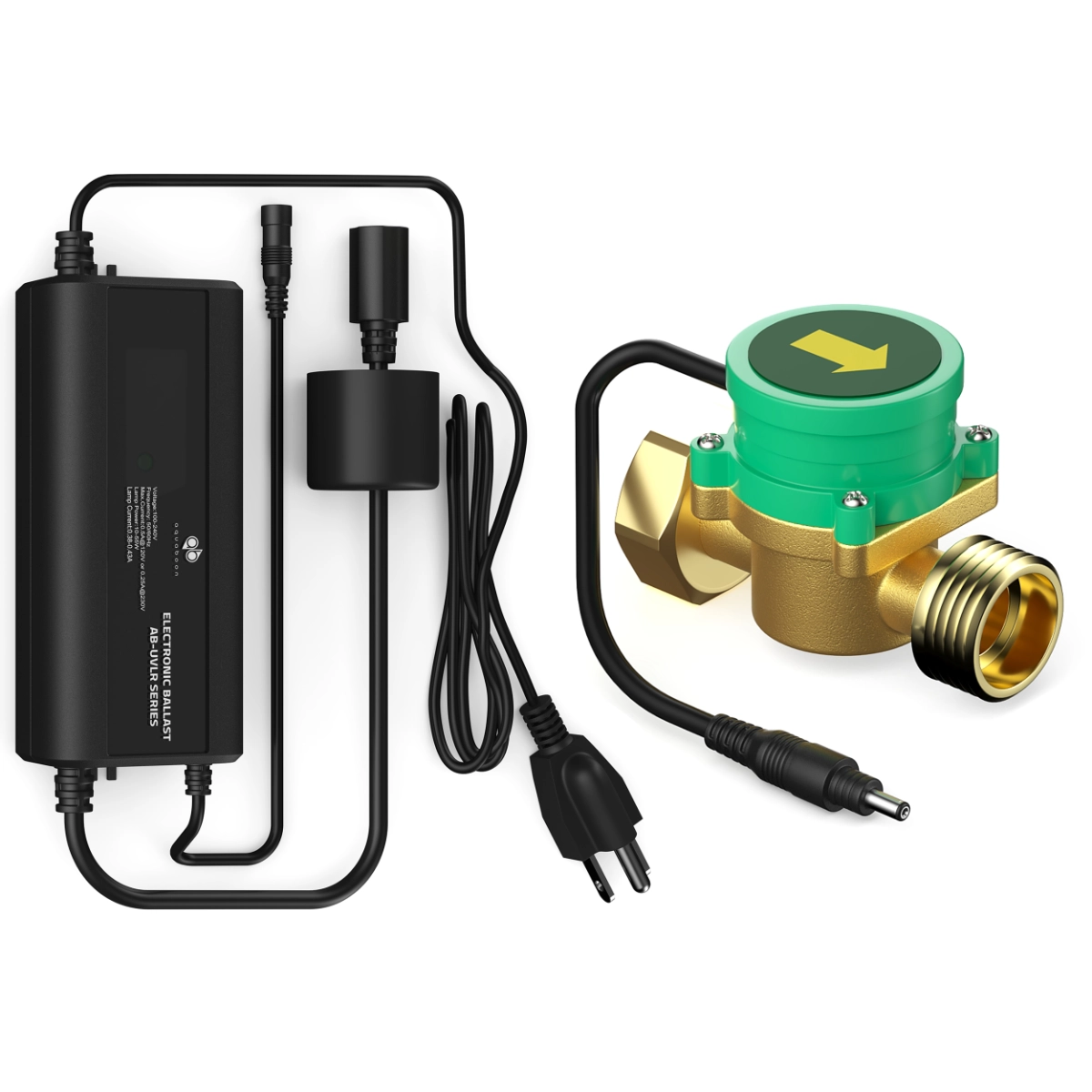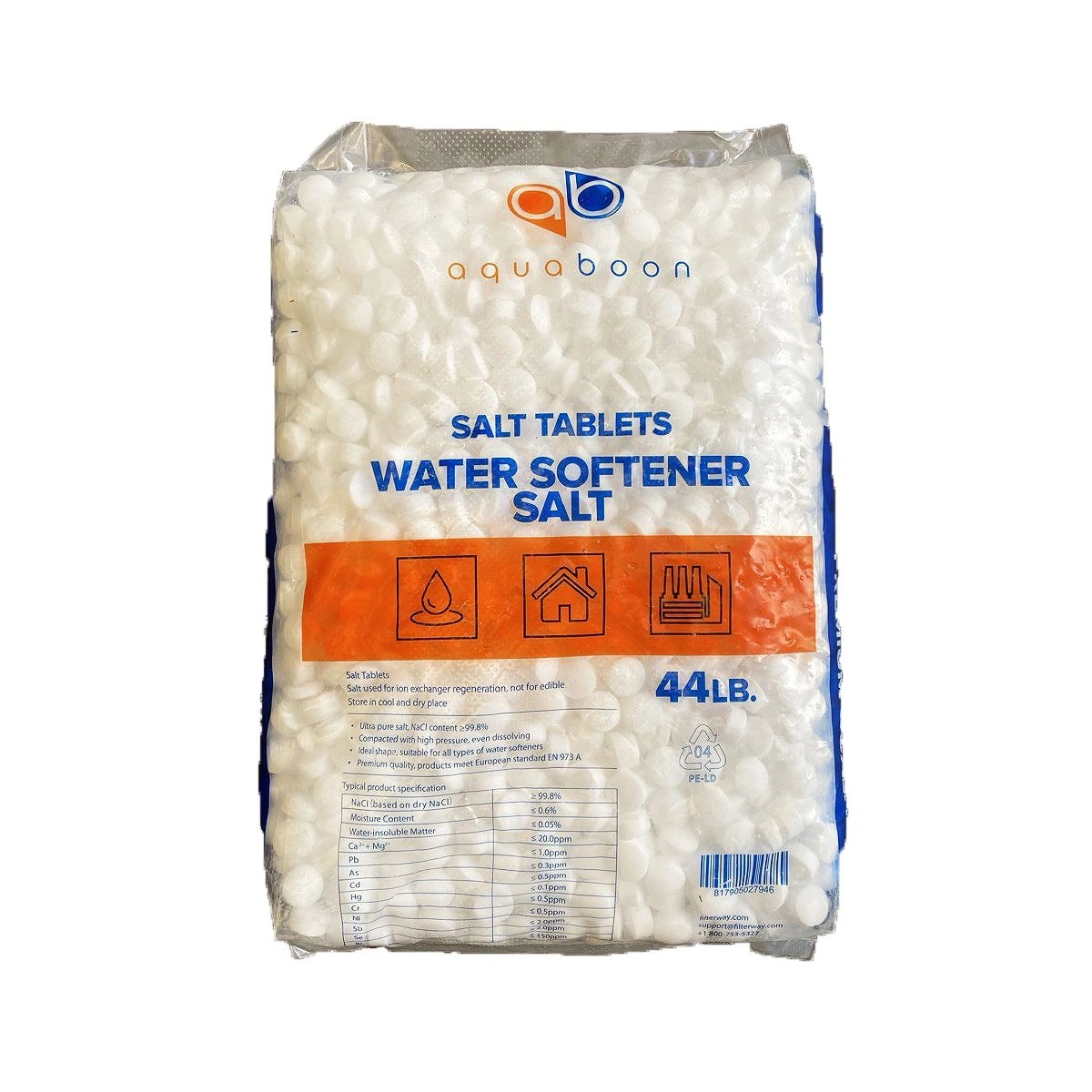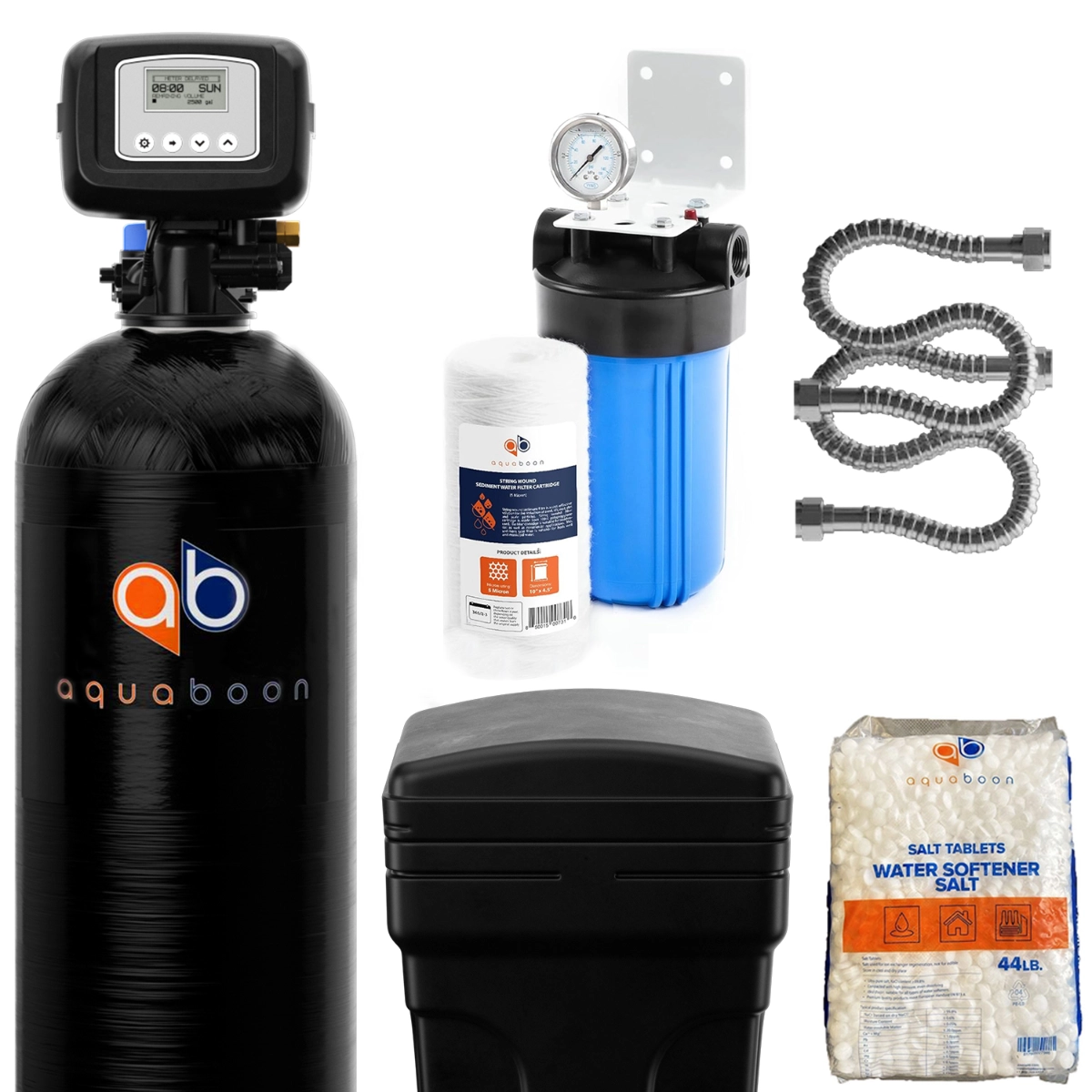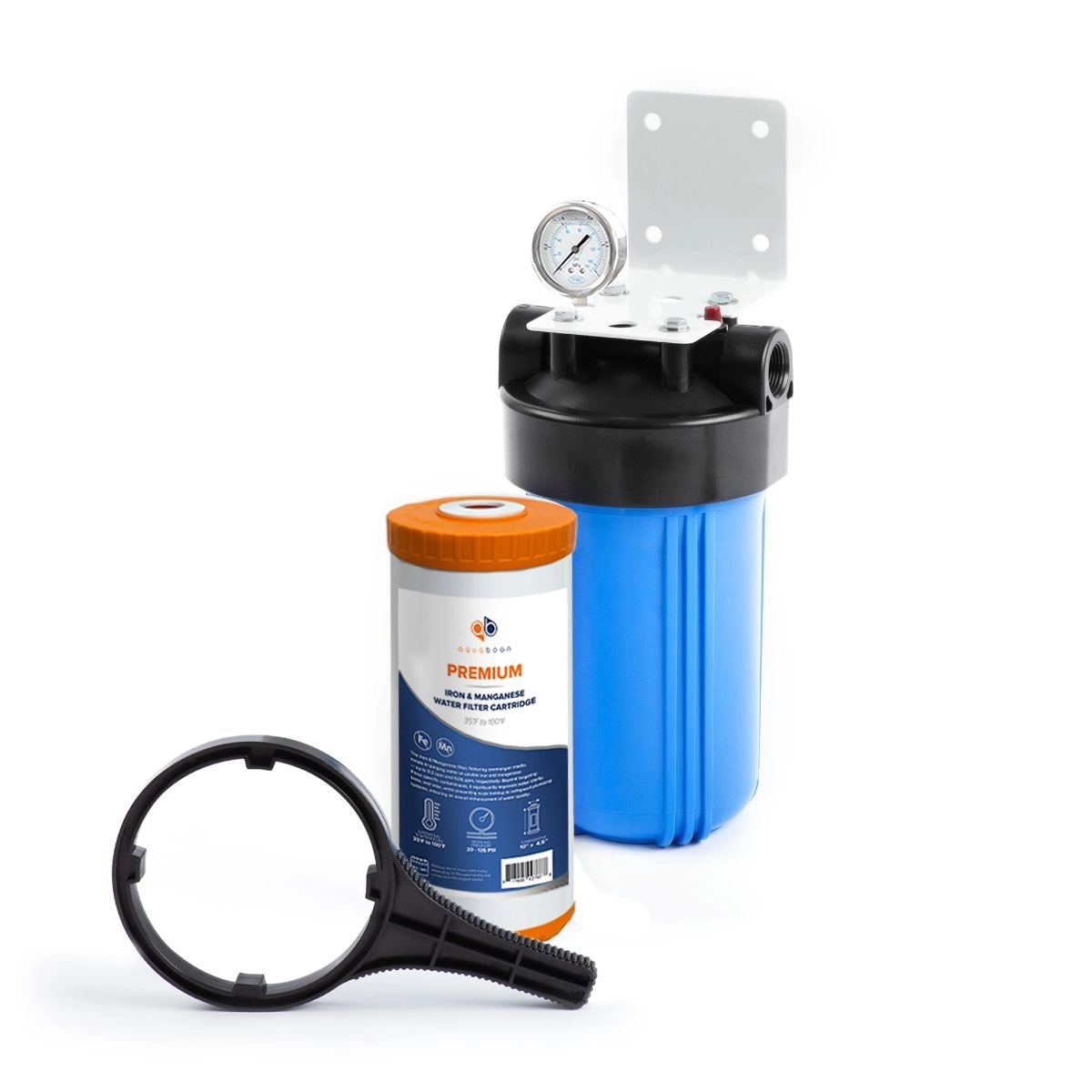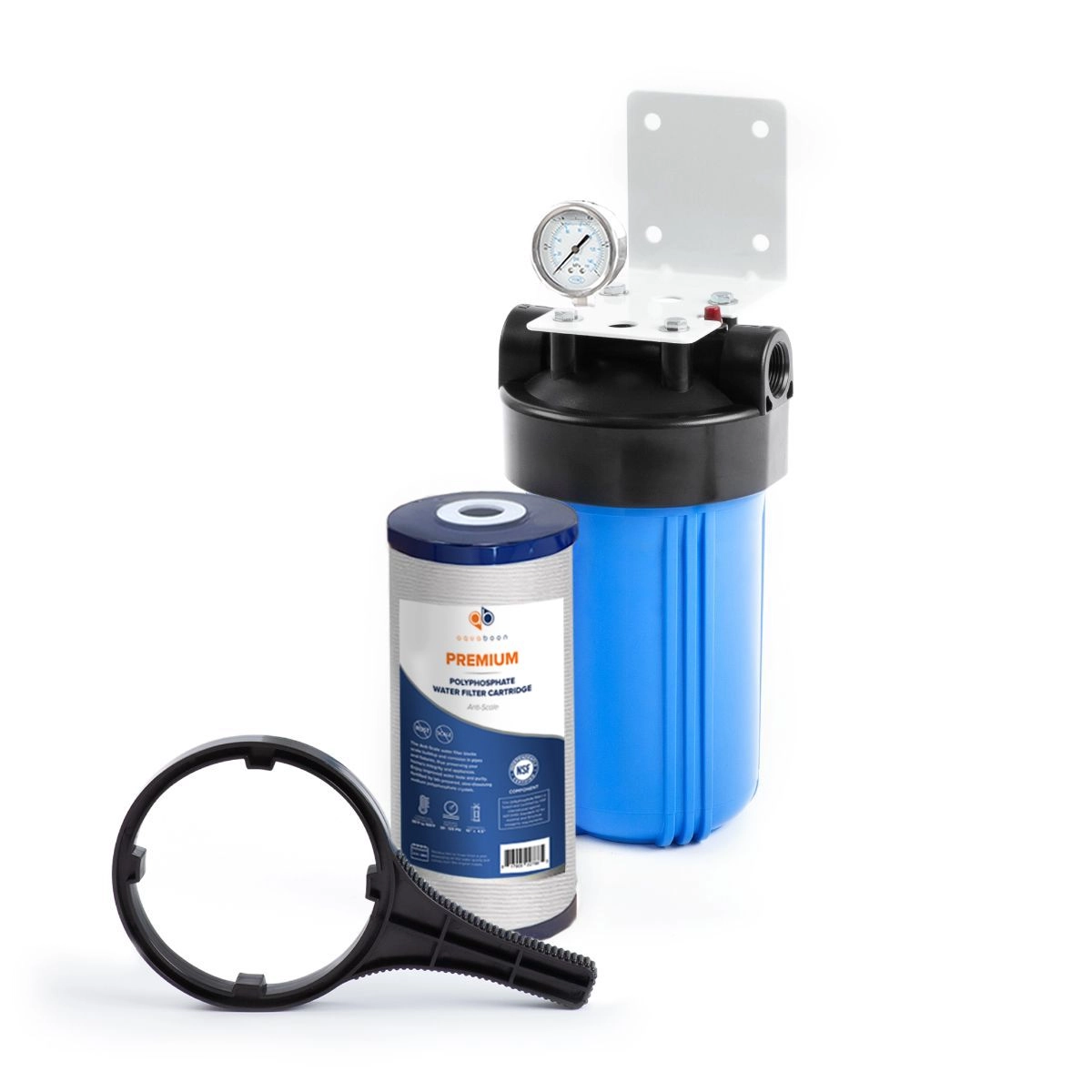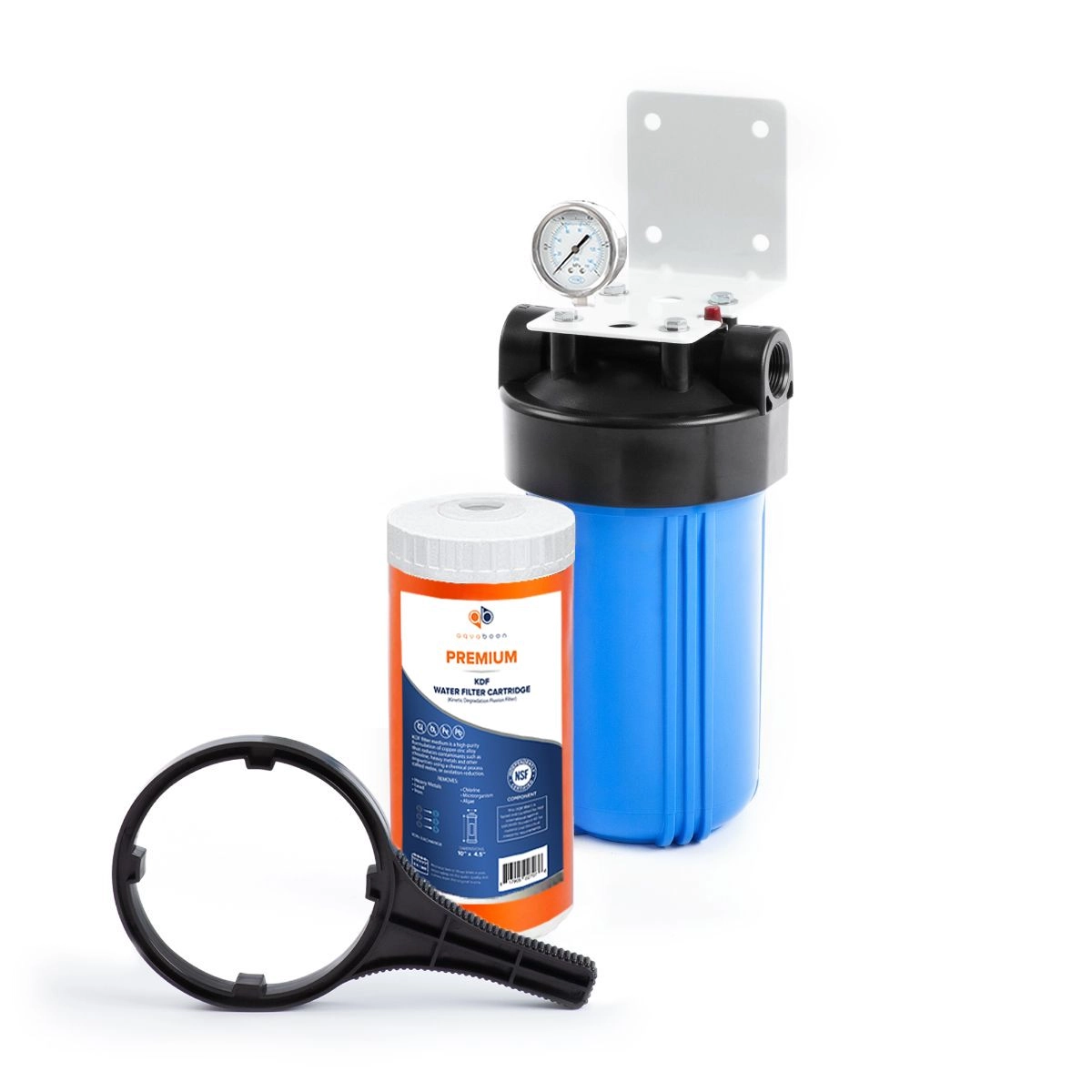What to Do If Your Water Tastes Bad Even After Filtering
Clean, good-tasting water is the main reason many homeowners invest in water filtration systems. So, when your water still tastes off even after installing a filter, it can be frustrating. Whether you're new to filtration or have had your system for a while, identifying the root cause is key to solving the issue and ensuring you get the water quality you expected.
Identify Your Water Source
Before finding a solution, it’s essential to understand the origin and quality of your water. The type of contaminants present often depends on your source:
- Municipal Water: Often treated with chlorine or chloramine. May carry residual tastes or odors from treatment chemicals or aging infrastructure.
- Well Water: Can contain naturally occurring minerals like iron, sulfur, and manganese—leading to metallic, musty, or “rotten egg” smells.
- Tank or Stored Water: Susceptible to stagnation and bacterial growth, especially if poorly maintained.
Whole House Systems -

-

-

-

-

-

-

-

-
How to Test Your Water
Testing your water helps you understand what you’re dealing with—and how to treat it effectively.
Home Test Kits: Affordable kits can test for chlorine, hardness, pH, iron, bacteria, and more. Available online or at hardware stores.
Lab Testing: For more detailed results, send a water sample to a certified lab. This is especially useful for well water users.
Recommended Frequency:
- Municipal water: Once a year or if you notice changes in taste or odor
- Well water: Every 6–12 months
- After natural events (flooding, drought), test immediately
Note: Knowing your water composition helps you choose the right filter setup and identify issues when they arise.
If You Just Installed a Water Filtration System
If your system is new and your water still tastes bad, don’t worry—this is often due to setup quirks or temporary factors.
- Flush the Filters Properly: new filters—especially carbon-based ones—may release harmless carbon dust or air bubbles, which can affect taste.
Solution: Flush the system by running water through for at least 5–10 minutes after installation.
- Check Filter Types and Placement:
The effectiveness of your system depends on choosing the right filters and placing them in the correct order based on the system type.
1-Stage System: Usually contains a single sediment or carbon filter.
Ensure the filter type matches your water needs (e.g., sediment for rust/sand, carbon for taste and chlorine).
2-Stage System: Typically a sediment filter followed by a carbon filter—removes particles first, then improves taste.
3-Stage System: Includes a sediment filter, carbon block, and a specialty filter (iron, lead, KDF, etc.) for more comprehensive treatment.
Solution: Make sure filters are placed in the correct order and suited to your water source. Using the wrong filter type can leave taste and odor issues unresolved.
The Role of Water in the Human Body
- Residual Taste from Pipes
If your home has older plumbing, it may take time for filtered water to flush out residual tastes from the pipes.
Solution: Let your system run for a few days and flush taps regularly to cycle out old water.
If You’ve Been Using the System for a While
Over time, filter systems may need maintenance or upgrades to maintain optimal performance.
- Replace Filters on Schedule
Old filters lose their ability to trap contaminants and can allow bad tastes to return. How often you need to replace them depends on both the filter type and the quality of your water—higher sediment, chlorine, or mineral levels may shorten filter life.
- Sediment Filters: Replace every 3–6 months
- Carbon Filters: Replace every 6 months
- Specialty Filters:
-
- KDF (Chlorine, Heavy Metals): Every 6–12 months
- Iron/Manganese Filters: Every 6–12 months
- Lead Reduction Filters: Every 6–9 months
Solution: Keep a filter replacement schedule and use high-quality, system-compatible replacements.
Filterway offers a wide variety of high-quality filters designed to meet different water needs and ensure clean, great-tasting water throughout your home. Explore our full selection at Filterway.com.
- Water Supply May Have Changed
Seasonal changes, infrastructure updates, or well contamination can alter water quality—even if it was fine before.
Solution: Re-test your water if you notice a sudden shift in taste. You might need to adjust or upgrade your filter setup.
- Check for System Build-Up
Algae, mineral scale, or biofilm can form inside housings or fittings, affecting water taste and safety.
Solution: Periodically sanitize filter housings and inspect for visible residue or slime, especially if the system hasn’t been used consistently.
Most Common Water Problem You Can Find At Home
Final Thoughts
If your water tastes bad even after filtration, don’t assume the system has failed—it might just need a little attention or an adjustment based on your water source. With regular testing, timely filter changes, and the right setup for your home, you can enjoy consistently clean, great-tasting water.
Need help selecting the right filter or troubleshooting your system?
How to Calculate the Home Water Flow Rate February 7, 2023 Typical Residential Water Flow Rate November 10, 2022 Best filters to remove chlorine December 9, 2022 How NSF Certifications Ensure Water Filter Safety and Performance December 4, 2025 The Hidden Journey of Tap Water: From Source to Sink November 26, 2025 TDS Explained: What It Means for Your Water November 20, 2025 Discover How Your Water Quality Affects Your Hair November 13, 2025
-
How to Test Your Water
Testing your water helps you understand what you’re dealing with—and how to treat it effectively.
Home Test Kits: Affordable kits can test for chlorine, hardness, pH, iron, bacteria, and more. Available online or at hardware stores.
Lab Testing: For more detailed results, send a water sample to a certified lab. This is especially useful for well water users.
Recommended Frequency:
- Municipal water: Once a year or if you notice changes in taste or odor
- Well water: Every 6–12 months
- After natural events (flooding, drought), test immediately
Note: Knowing your water composition helps you choose the right filter setup and identify issues when they arise.
If You Just Installed a Water Filtration System
If your system is new and your water still tastes bad, don’t worry—this is often due to setup quirks or temporary factors.
- Flush the Filters Properly: new filters—especially carbon-based ones—may release harmless carbon dust or air bubbles, which can affect taste.
Solution: Flush the system by running water through for at least 5–10 minutes after installation.
- Check Filter Types and Placement:
The effectiveness of your system depends on choosing the right filters and placing them in the correct order based on the system type.
1-Stage System: Usually contains a single sediment or carbon filter.
Ensure the filter type matches your water needs (e.g., sediment for rust/sand, carbon for taste and chlorine).
2-Stage System: Typically a sediment filter followed by a carbon filter—removes particles first, then improves taste.
3-Stage System: Includes a sediment filter, carbon block, and a specialty filter (iron, lead, KDF, etc.) for more comprehensive treatment.
Solution: Make sure filters are placed in the correct order and suited to your water source. Using the wrong filter type can leave taste and odor issues unresolved.
The Role of Water in the Human Body
- Residual Taste from Pipes
If your home has older plumbing, it may take time for filtered water to flush out residual tastes from the pipes.
Solution: Let your system run for a few days and flush taps regularly to cycle out old water.
If You’ve Been Using the System for a While
Over time, filter systems may need maintenance or upgrades to maintain optimal performance.
- Replace Filters on Schedule
Old filters lose their ability to trap contaminants and can allow bad tastes to return. How often you need to replace them depends on both the filter type and the quality of your water—higher sediment, chlorine, or mineral levels may shorten filter life.
- Sediment Filters: Replace every 3–6 months
- Carbon Filters: Replace every 6 months
- Specialty Filters:
-
- KDF (Chlorine, Heavy Metals): Every 6–12 months
- Iron/Manganese Filters: Every 6–12 months
- Lead Reduction Filters: Every 6–9 months
- KDF (Chlorine, Heavy Metals): Every 6–12 months
Solution: Keep a filter replacement schedule and use high-quality, system-compatible replacements.
Filterway offers a wide variety of high-quality filters designed to meet different water needs and ensure clean, great-tasting water throughout your home. Explore our full selection at Filterway.com.
- Water Supply May Have Changed
Seasonal changes, infrastructure updates, or well contamination can alter water quality—even if it was fine before.
Solution: Re-test your water if you notice a sudden shift in taste. You might need to adjust or upgrade your filter setup.
- Check for System Build-Up
Algae, mineral scale, or biofilm can form inside housings or fittings, affecting water taste and safety.
Solution: Periodically sanitize filter housings and inspect for visible residue or slime, especially if the system hasn’t been used consistently.
Most Common Water Problem You Can Find At Home
Final Thoughts
If your water tastes bad even after filtration, don’t assume the system has failed—it might just need a little attention or an adjustment based on your water source. With regular testing, timely filter changes, and the right setup for your home, you can enjoy consistently clean, great-tasting water.
Need help selecting the right filter or troubleshooting your system?
How to Calculate the Home Water Flow Rate February 7, 2023Typical Residential Water Flow Rate November 10, 2022Best filters to remove chlorine December 9, 2022How NSF Certifications Ensure Water Filter Safety and Performance December 4, 2025The Hidden Journey of Tap Water: From Source to Sink November 26, 2025TDS Explained: What It Means for Your Water November 20, 2025Discover How Your Water Quality Affects Your Hair November 13, 2025




